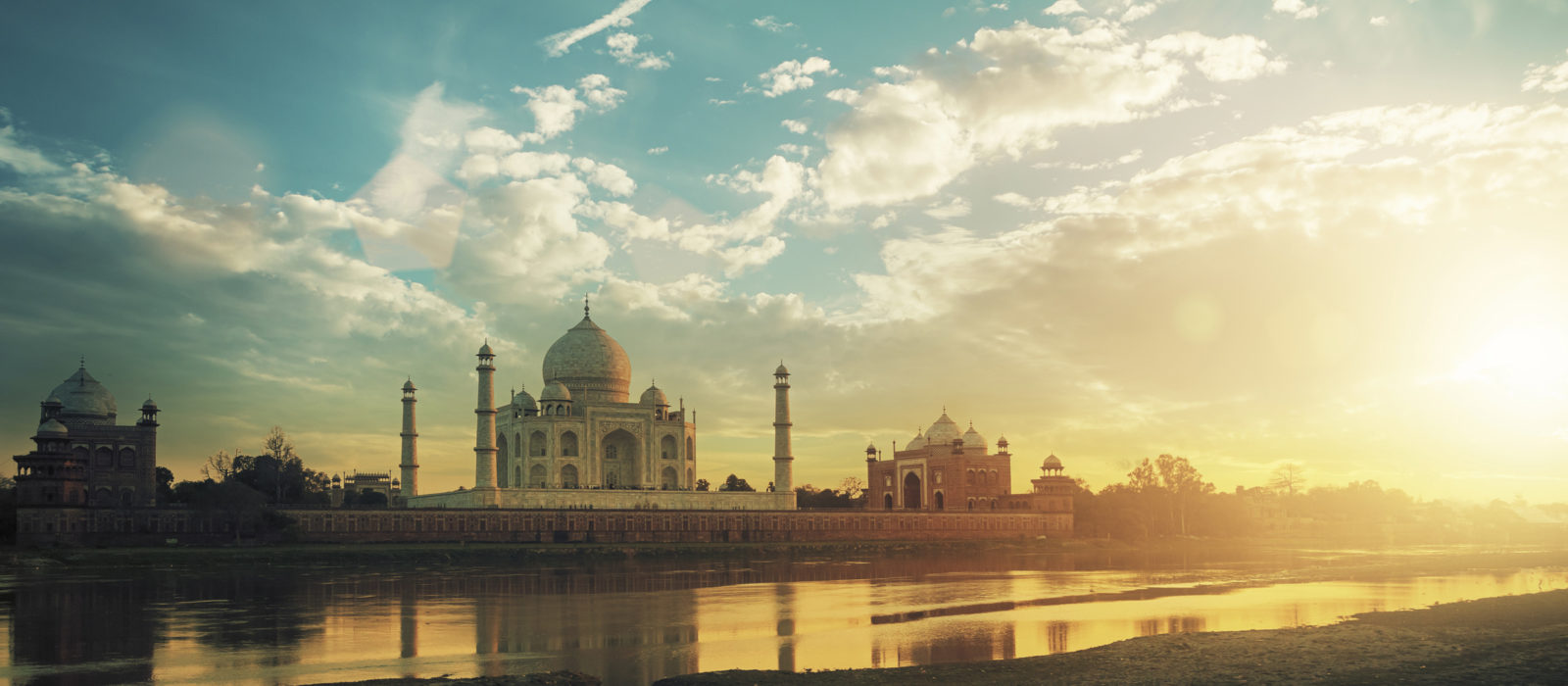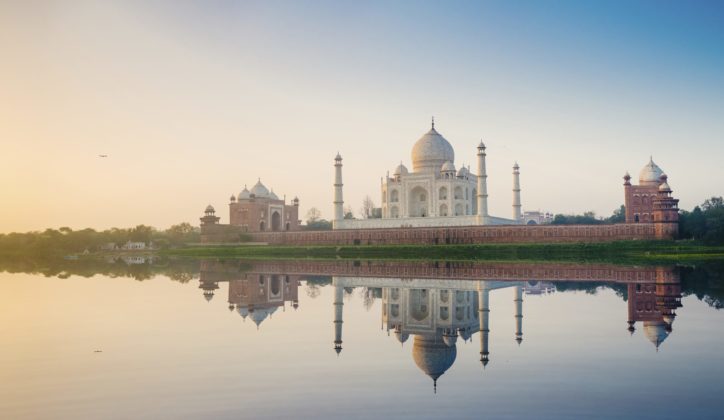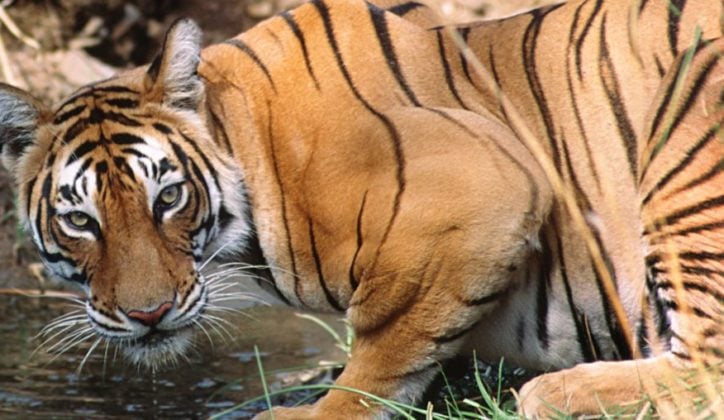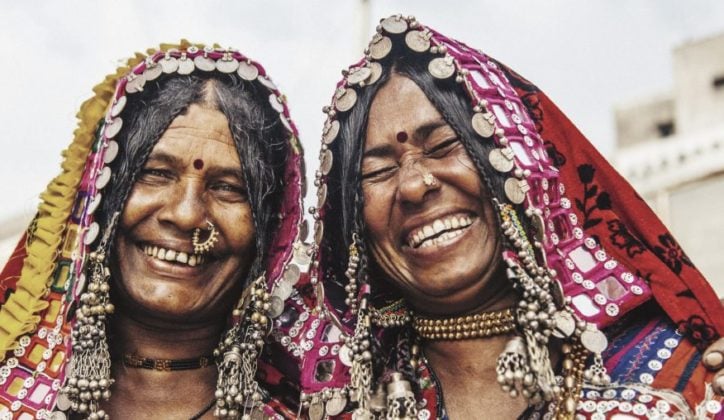Published on: April 30th, 2019
Last updated: December 28th, 2023
Bustling cities, dusty remote villages, exquisite temples, lush tea plantations and fragrant markets - India is a country bursting with fascinating culture and history.
But if you're looking for more reasons to move it up your must-see destination list, we've rounded up ten things you might not have known about this wonderful country.
1) Check mate
Leisurely games between old friends, tense tournaments between young champions and even long games played out over months via the post office – chess has found its way across the globe, transcending age and cultural barriers. But did you know that historians believe that it first originated in India, way back in the 6th century? By the 15th century, it had evolved to look something like the game we play today. The pawn, knight, bishop, and rook and started out as the infantry, cavalry, elephantry, and chariotry.

2) Ancient languages
Two of the oldest languages in the world belong to India. Sanskrit, which is still spoken by a small group of people, dates back to around the second millennium BC. It is still widely used in Hindu and Buddhist rituals and practices. The second is Tamil, which is still spoken by close to 80 million people today. It can be traced back to 300BC in Sangam literature, but some historians maintain that it is even older.
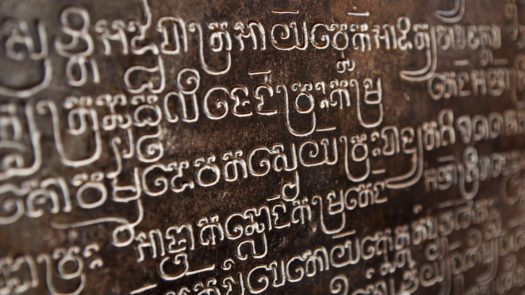
3) Stamp of approval
The country’s postal network boasts a whopping 154,939 post offices, from remote rural villages to busy cities. The state-run system offers financial and other services as well, and has close to half a million employees. If you want to send a postcard from the highest post office in the world, head to Hikkim, which stands at a dizzying 15,500 feet above sea level. Or visit Dal Lake, were you’ll find India’s first floating post office.
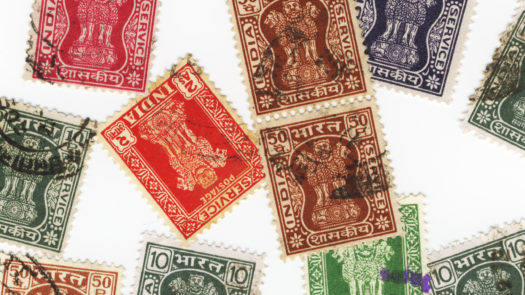
4) Many languages
When it was last checked, in 2001, there were 122 major languages and 1599 other languages in use in India, but because of the blurred lines between various dialects, it’s difficult to be certain. Among the main languages are Hindi, Marathi, Telugu, Bengali, Tamil and Urdu. And while there isn’t a national language, Hindi and English are both considered official, with 53 and 12 percent of the population speaking then respectively.
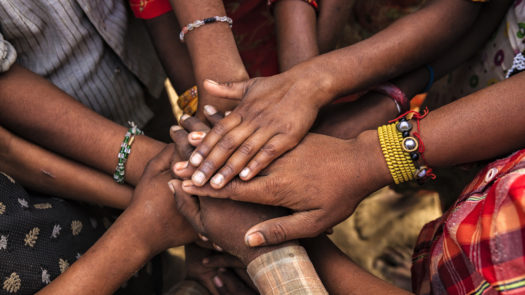
5) Evil and Virtue
Before pretty much everything went digital, many children grew up with old-fashioned board games lying around, slowly losing pieces. Alongside favourites like Ludo, you’ll have found the old faithful Snakes and Ladders in many a compendium. Like chess, this fun game also originated in India. Back in the 2nd century BC though it was known as Mokshapat or Moksha Patamu, and was generally used to teach youngsters about morality. The ladders signified virtue, while the snakes were the path to evil. Bonus fun fact: Ludo or Pachisi was also an ancient Indian invention.
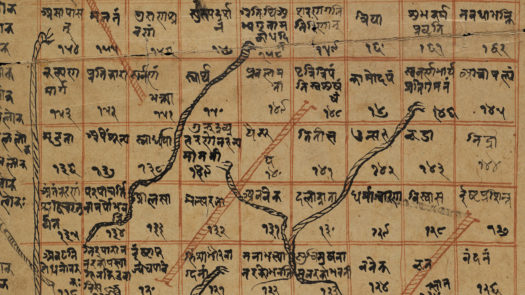
6) Lights, camera, action
With Bollywood’s massive success globally, you may probably already suspect that the Indian film industry is the largest in the world. But it may surprise you to learn that most of the over 1000 films the industry puts out each year, aren’t actually under the banner of Bollywood, the Hindi sector of the business. That honour belongs to the South Indian film industry, which includes Telugu, Tamil, Kannada, Malayalam and Tulu films. The first film produced in South India was Keechaka Vadham in the late 1910s.
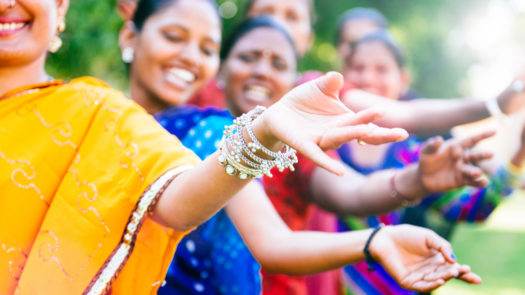
7) Open door
These days, people hardly pop out to fetch the post without first making sure their front door is properly locked, but in Shani Shingnapur, a village in Maharashtra, the houses don’t even have doors, and it’s been that way for centuries. In the village is a temple of Shani, which is believed to be inhabited by a deity in the form of the Swayambhu Shanaishwara statue. Locals believe that anyone who tries to steal in the village will be punished by Shani.
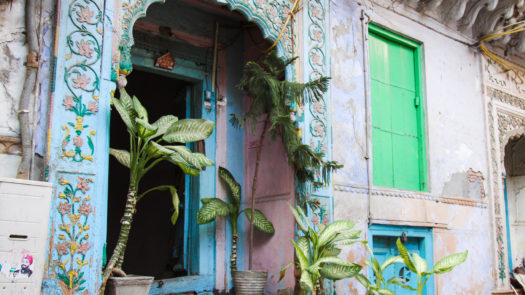
8) Marvellous mangoes
This juicy treat is the national fruit of India – with the country claiming the title of the world’s biggest producer. More than 40% of the mangoes around the world are grown in India. Harvest and sales take place from March to May – and are most newsworthy. You’ll spot many mango references in historical documents and religious artworks. Lord Ganesha is often depicted holding a ripe mango and Mango blossoms have an important role to play in the worship of the goddess Saraswati. And you’ll find the tasty fruit starring in various meals and beverages as well.
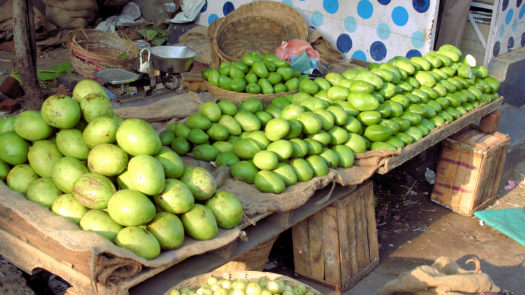
9) Days gone by
Ask someone to picture an ancient civilization and they’ll possibly conjure images of Egyptians and pyramids – but Indian civilization is actually even older. The Indus Valley Civilization, or Harappan civilization, dates back to around 3000 BCE. Together with Egypt and Mesopotamia is was one of the three earliest cradles of civilization. It is believed that the people had developed accurate systems for measuring length, mass, and time, and a variety of sculptures, vessels, jewellery and anatomically detailed figurines have been unearthed during excavation.
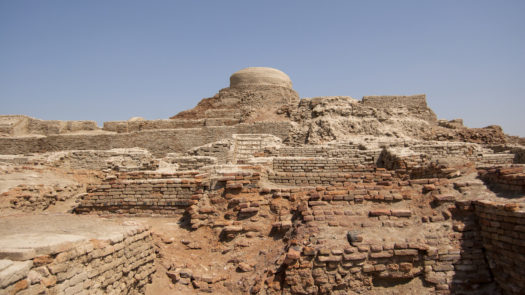
10) Lofty pitch
Cricket is a big deal in India, with informal games going on in towns and villages across the country, and international games filling stadiums at home and abroad. But India has taken their love of the sport to impressive heights with the Chail Cricket Ground standing proud as the world’s highest pitch at 2441 metres above sea level. The field doubles as a playground for school children as well as a polo and football pitch.
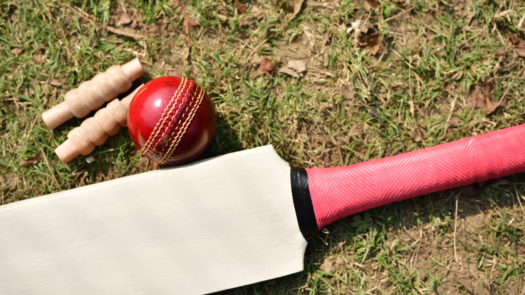
Discover our favourite Indian adventures
Feeling inspired? Our expert travel designers are always on hand to help you plan the trip of a lifetime to India.
